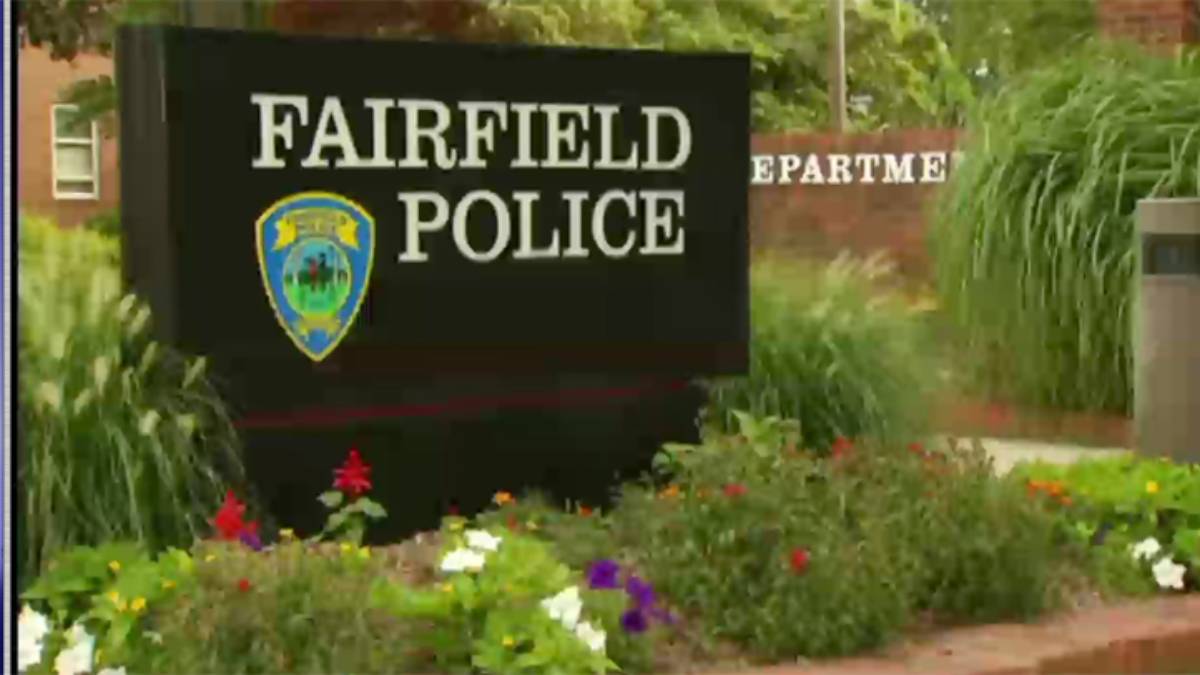Some 5.6 million people rely on the subway each day to get around New York City. But what do you really know about something you spend so much time riding? We sat down with a group of MTA workers to ask them about the MTA's dirtiest secrets.
As we sit on the train every day -- sometimes delayed by train traffic ahead, sometimes by signal problems -- one gets to thinking.
Are we really delayed by train traffic or are the conductors protecting our sensitivities? Is 'sick customer' a euphemism for 'dead customer'? Am I safer if I sit in the middle of the train, or near the doors where I can make a quick escape? If I touch this pole, what are the chances I'm going to get a nasty rash? Did I just see someone living in the subway tunnel? And what exactly is that couple doing over there?
We asked all the hard questions. Read below for more.
MTA Conductors Spill 10 Secrets of the NYC Subway System
1. When the conductor says "train traffic ahead," is there really a train ahead of us?
Richard Richards, operator: Honestly as an operator I have to tell them something...In an attempt to keep the customers calm, you tell them we have traffic ahead, we have delays ahead, but in honesty we don't always know 'cause they are not telling us, radio communications can be choppy.
Local
Joe Costales, conductor: The system is antiquated, the relay for the radio systems are not kept up, they are not repaired, they are not constantly checked, so there are black-out areas.
Crystal Young, conductor: We may talk to them over the radio and they can hear us but we can't hear what they are saying...sometimes when we are on a train it's not that we don't want to let the customers know what's going on, we don't have the communications to let them know what's going on.
2. Do you ever see people living underground between stations?
Richards: They had hot plates they had TVs, they literally lived back there.
Costales: You see them coming out, a lot of times people who get hit by trains, are the ones living in the subway.
Brandon Patterson, conductor: Sometimes when we go to set up tracks we go down there and they get mad because they think we are invading their home space.
3. When the conductor says there is a sick passenger ahead, does that sometimes mean a dead customer?
Richards: We're not doctors so sometimes it can be, They could be unresponsive, we have to call for medical assistance to check them out.
4. What's the craziest thing you've seen people do on the subway?
Richards: I've seen people actually having sex on the train.
Costales: Masturbating, having sex.
Richards: And they've got a bed set up, they tap into the third rail and they are watching TV.
Young: One time someone brought a goat on the train. They bought it at a live mart.
5. What's the deal with the E train?
Tramell Thompson, conductor: The E train has been dubbed 'The Homeless Express', it's one of those lines that doesn't go outside. So from terminal to terminal it's underground. It's pretty warm. You have new, nicer trains over there, it's clean over there. And you know the homeless, you go on there at midnight, you'll see five or six homeless people in each car. But the homeless isn't really the issue with us, it's mainly the drunks.
6. Where's the safest place to sit or stand on a train?
Richards: In the middle of the car. You don't want to sit in the corners [because that's where people throw up and urinate]. Also by the doors, you'll be on your phone and as soon as the doors get ready to close, they snatch it and they're off.
Conductors: A safe place to ride on a subway train would be in the middle of the train in the conductor's car or in the very first car where the train operator's going to be. That way at least you're closest to a crew member to help if they have to.
7. Do you think the MTA places on-time-performance above all else?
Young: At the end of the line they have a sign that shows on-time job performance, where they literally track to see how many people were injured while in performance of their duty so that's what they are concerned about. It's easier for a passenger to make a complaint versus us making a complaint because they just want to keep that train moving.
Patterson: The MTA's logo is 'Every second counts,' so every second counts to them.
Young: Some superintendents, if someone has to take a comfort they want you to write a [note]. So you have to, as an adult, write down on a piece of paper that you had to use the bathroom. God forbid if you use the bathroom too often, then they will try to write you up.
8. What does it normally mean when the police says there's a police investigation?
Tramell Thompson, train conductor: Anything, EDPs (emotionally disturbed person), anything. Could be a disturbance on the train, fights.
Eric Loegel, train operator: Unattended package, suspicious package..."customer injury" as they say. A customer injury is generally someone who has been struck by a train. And we internally refer to that as a 12-9.
9. When you ride the subway, do you ever sit?
Patterson: No, I try not to. I tell [my kids] not to touch anything, I carry hand sanitizer.
Richards: I don't touch the poles or I sit in the middle...I'm a big guy, I brace myself.
Costales: We transport millions of people, it's hard to keep it that clean.
10. What are your biggest safety concerns when operating the train?
Patterson: Standing behind the yellow line, the [public] leans over looking for the train, they could slip, and that's what causes 12-9s and delays.
Richards: I've seen people fall on the tracks 'cause they hear the announcement and they think the train is on their track and they start straight walking because they are online...we get conditioned, oh the train is here, they start walking and they fall..the train is not there.



